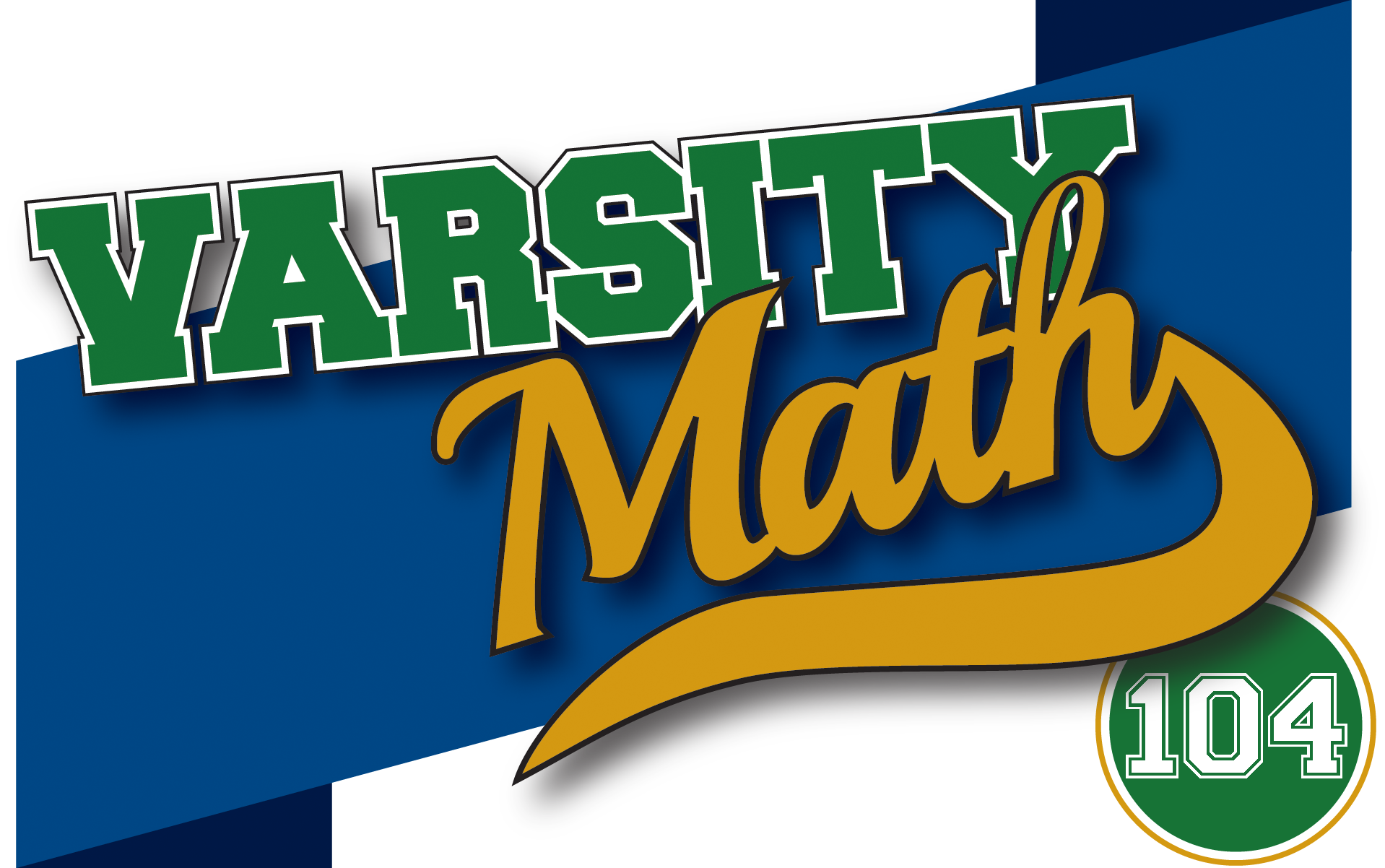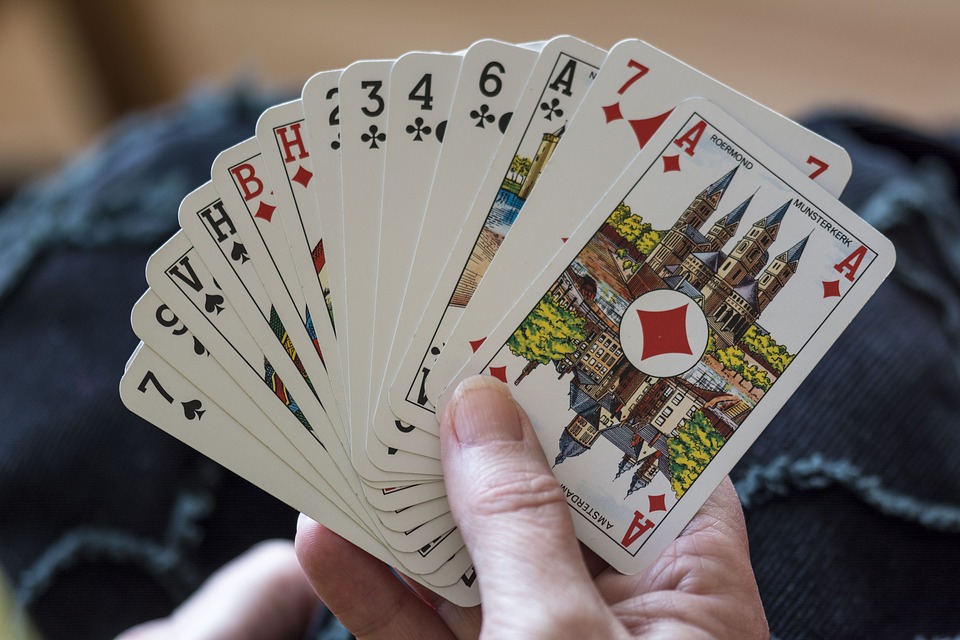
________________
________________
X Factor
The Varsity Math team attends a magic show, and one of the tricks makes them perk up. The performer calls six volunteers up to the stage and has them line up in any order they like. Then the magician gives this spiel to the volunteers: “I have written a number one on this chalkboard, but that is the only way I will be involved. You will pass the chalkboard down your line, and each of you will write on it the smallest counting number that is not yet on the board. Finally, each of you will erase any two numbers you choose, and write on the chalkboard the number that is the product plus the sum of the numbers you erased, passing the board back the other way so you each get a turn. Make sure the audience can see what you write, but do not show the chalkboard to me!” The volunteers do so, and the first volunteer in line is about to hand the chalkboard back to the magician, who says, “No! I do not wish even to touch the chalkboard. I will now take this sealed envelope out of my pocket, and hand it to another volunteer, who will open it and show everyone what is written on the page inside.” To the audience’s amazement, exactly the same thing is written on the sheet of paper in the envelope as on the chalkboard.
What is written on both the paper and the chalkboard?

Perfect Pairings
A local bridge club consisting of eight married couples asks for the help of the Varsity Math team. They are setting up their fall series of 16 weekly games, but aren’t quite sure how to arrange the players. At each game, each player is partnered with one other player, and each partnership plays against one other partnership at one of the tables in the host’s home: in the study, the living room, the den, and the dining room. The club has many requests: Each player wants to partner with all of the other players over the course of the series, but prefers to play with his or her spouse in the first and last games of the series. Also, each player would like to sit in each room for the same number of games. Finally, each player wants to be in the same room as his or her spouse, even when he or she is partnered with someone else.
Is it possible to schedule the partner and room of each player for each of the 16 weeks to satisfy all of the club’s requests?
| Spread the word: | Tweet |
Solutions to week 103
Two Sums. If there are 56 ways for the dice to fall so that the faces on top sum to nine, then there will clearly be 56 ways to make whatever the sum of the faces resting on the table is when the sum on top is nine. Opposite faces on a die sum to seven, so when i, j, k, and l summing to nine are showing, the faces on the table are 7-i, 7-j, 7-k, and 7-l. These numbers sum to 28 – (i+j+k+l) = 19.
Double-Faced. The requested probability is just one minus the probability that all six values from one through six show up on the six rolls (since whenever that doesn’t happen, one of the numbers has to be repeated). Since the six values can occur in any order, that probability is 6!/66 = 5/324. Hence, the chance there is a repeat is 319/324.
In order for there to be a unique solution to the puzzle with z groups of zombies, there must be exactly one multiple of 17 between 4z and 5z, inclusive. Once z is 33 or more, there will always be at least two such multiples (since the longest stretch of numbers with only one multiple of 17 has length 33: 16 before the multiple of 17, the multiple of 17, and 16 after the multiple of 17). Hence, we only need to check the cases of z from 1 to 33, and moreover, until we get to z = 17, there can be at most one solution, since the shortest stretch with two multiples of 17 has length 18. Armed with that information, we get that 1 has no solutions, 2 has none, 3 has none, 4 has a solution, 5 has none, 6 has none, 7 has a solution, 8 has a solution, 9 has none, 10 has none, 11 has a solution, 12 has a solution, 13 has none, 14 has a solution, 15 has a solution, 16 has a solution, 17 has too many, 18 has a unique solution, 19 has a unique solution, 20 has a unique solution, 21 has too many, 22 has a unique solution, 23 has a unique solution, 24 has too many, 25 has too many, 26 has a unique solution, 27 has a unique solution, 28 has too many, 29 has too many, 30 has a unique solution, 31 has too many, and 32 has too many. So the greatest number of groups for which this puzzle has a unique solution is 30.
Recent Weeks
Week 103: Two Sums & Double-Faced, solutions to Zombie Epidemic & Revenge on the Zombies
Week 102: Zombie Epidemic & Revenge on the Zombies, solutions to Heads Up & Balanced Flip
Week 101: Heads Up & Balanced Flip, solutions to Average Triangle & Monotone 5
Week 100: Average Triangle & Monotone 5, solutions to Name that Card & Big Reveal
Week 99: Name that Card & Big Reveal, solutions to Upsetting Tournament & Calm Playoff
Links to all of the puzzles and solutions are on the Complete Varsity Math page.
Come back next week for answers and more puzzles.














